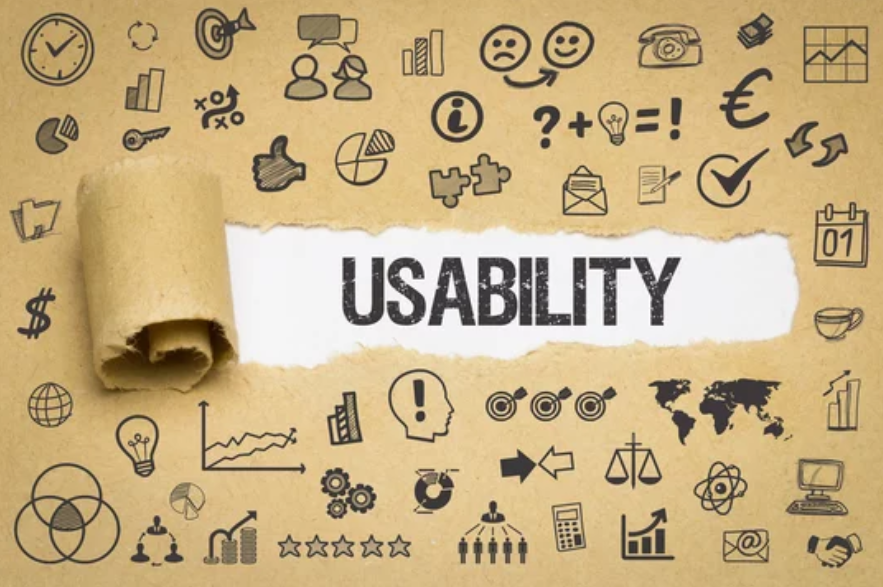Misuse is different from use error.
ISO/IEC Guide 51:2014 “Safety aspects – Guidelines for their inclusion in standards” is a common guide between ISO and IEC, It is a guideline that serves as a reference standard for the development of safety standards.
The definition of safety, “safe = no unacceptable risk,” is set forth in this guide.
In ISO/IEC Guide 51, risks are evaluated within the scope of not only the intended use but also “reasonably foreseeable misuse” (misuse that is reasonably foreseeable), The diagram shows an iterative process of risk reduction until an acceptable level is reached.
It is extremely important to specify here that “reasonably foreseeable misuse” is the scope of the risk assessment.(In doing so, identify the attributes of the user.)
ISO-14971:2019 also added “reasonably foreseeable misuse” to the definition of the term.

Misuse and inadvertent accidents and human error
It is important to note that “acceptable risk is dynamic.
The reasons for this are as follows
1.Changes in social conventions (Changes in the social environment)
2.Product History
3.User Attributes
After a medical device is put on the market, social conventions change over time and new hazards are discovered.
For example, you may know the story of the girl in the U.S. who put her cat in a microwave oven because she thought it would be cold after rinsing it. The manufacturer of the microwave oven did not expect to put a living creature in a microwave oven.
Once such “misuse” occurs, the manufacturer is required to take some measures to prevent recurrence.
Preventing “misuse and carelessness” accidents is an urgent issue.
Human error exists behind “misuse and carelessness.”
Human error always occurs with a certain probability.
The following are well-known examples of human error outside of medical devices.
- Aircraft accidents:
JL 123 (repair error), Tenerife ground collision (assumption), Airbus landing failure (automation issue), Aloha Airlines (inspection error) - Medical Accident:
Atypical transfusions, patient mix-ups, drug mix-ups, left-right side errors - Personal error:
Massive stock mis-orders (610,000 shares @ 1 yen and 1 share @ 610,000 yen, million = 1 million and billion = 1 billion)
Other companies’ loss aversion computer systems spurred the crash.
Use error is different from misuse.
The use of medical devices can be broadly divided into “normal use” and “abnormal use. (See figure below)
Note that “Use Error) is included in “Normal Use”.

Make no mistake here, use errors are not necessarily human error
A “use error” is an act or omission of an act that results in a different outcome from the movement of the medical device as intended by the manufacturer or expected by the user.
This includes the user’s inability to complete a task.
For example, there are cases in which the elderly, children, or pregnant and nursing women cannot use the device normally due to insufficient force when they attempt to use it normally.
The same is true if the person is blind or colorblind or otherwise unable to read labels or other indications.
In other words, the inability of a user to complete a complex operation due to physical or mental capacity or other reasons is one of the “use errors.
Usage Errors” can be due to mismatches in characteristics of the user, user interface, task, or usage environment, and should be thoroughly examined in usability engineering.
Moreover, users may not recognize that a “use error” has occurred.
Note that malfunction of medical devices is not a “use error”.
As can be seen in the figure below, “reasonably foreseeable misuse” includes “use error” and “abnormal use.
In other words, “use error” is subsumed under “misuse” and excludes “abnormal use”.
IEC 62366 focuses only on “use errors” among “reasonably foreseeable misuse”. It does not cover “abnormal use”.

In other words, it should be noted that ISO 14971 and IEC 62366 have different scope of application.
As shown in the figure, the scope of application of ISO 14971 is the light blue square area.
On the other hand, the applicable scope of IEC 62366 is the square area shown in orange.
related product
[blogcard url=”https://ecompliance.co.jp/SHOP/MD-QMS-154.html” title=”【JIS T 62366-1:2022対応】ユーザビリティエンジニアリング規程・手順書・様式”] [blogcard url=”https://ecompliance.co.jp/SHOP/191121P.html” title=”医療機器企業におけるリスクマネジメントセミナー” content=”医療機器企業にとって、リスクを管理することは非常に重要です。しかしながら、リスクマネジメントは難解です。医療機器業界では、欧州が先行し、90年代からIOS-14971が制定されました。
医療機器には何がしかのリスクが潜んでいます。リスク分析の結果は、設計管理のインプットとなります。
医療機器事故は、ユーザの意図した利用と設計者の思想のギャップによって起こるとされています。
昨今では、ユーザビリティを含め、合理的な誤使用を予測したリスク分析が求められています。
演者は多くの医療機器企業においてリスクマネジメントの指導を行ってきましたが、各社ともに我流で実施していることが多いようです。
それでは、医療機器の安全が確保できず、また回収(改修)も減少しません。
そのためには、リスクマネジメントの基本的な考え方と規制当局の期待を十分に理解しなければなりません。
本セミナービデオでは、難解なリスクマネジメントを初心者にもわかりやすく解説いたします。”]
[blogcard url=”https://ecompliance.co.jp/SHOP/EL-008.html” title=”【セミナービデオ】医療機器企業におけるリスクマネジメントセミナー” content=”医療機器企業にとって、リスクを管理することは非常に重要です。しかしながら、リスクマネジメントは難解です。医療機器業界では、欧州が先行し、90年代からIOS-14971が制定されました。
医療機器には何がしかのリスクが潜んでいます。リスク分析の結果は、設計管理のインプットとなります。
医療機器事故は、ユーザの意図した利用と設計者の思想のギャップによって起こるとされています。
昨今では、ユーザビリティを含め、合理的な誤使用を予測したリスク分析が求められています。
演者は多くの医療機器企業においてリスクマネジメントの指導を行ってきましたが、各社ともに我流で実施していることが多いようです。
それでは、医療機器の安全が確保できず、また回収(改修)も減少しません。
そのためには、リスクマネジメントの基本的な考え方と規制当局の期待を十分に理解しなければなりません。
本セミナービデオでは、難解なリスクマネジメントを初心者にもわかりやすく解説いたします。”]
[blogcard url=”https://ecompliance.co.jp/SHOP/MD-QMS-026.html” title=”【ISO 14971:2019対応】リスクマネジメント規程・手順書・様式” content=”ISO14971:2019に沿った形のリスクマネジメント規程・手順書・様式です。医療機器設計におけるリスク分析は、ISO-14971に従って実施されています。
リスクマネジメント実施のための手順や様式を整えておかなければなりません。”] [blogcard url=https://xn--2lwu4a.jp/qms-md/ title=”QMS(手順書)ひな形 医療機器関連” ]
]]>


Comment